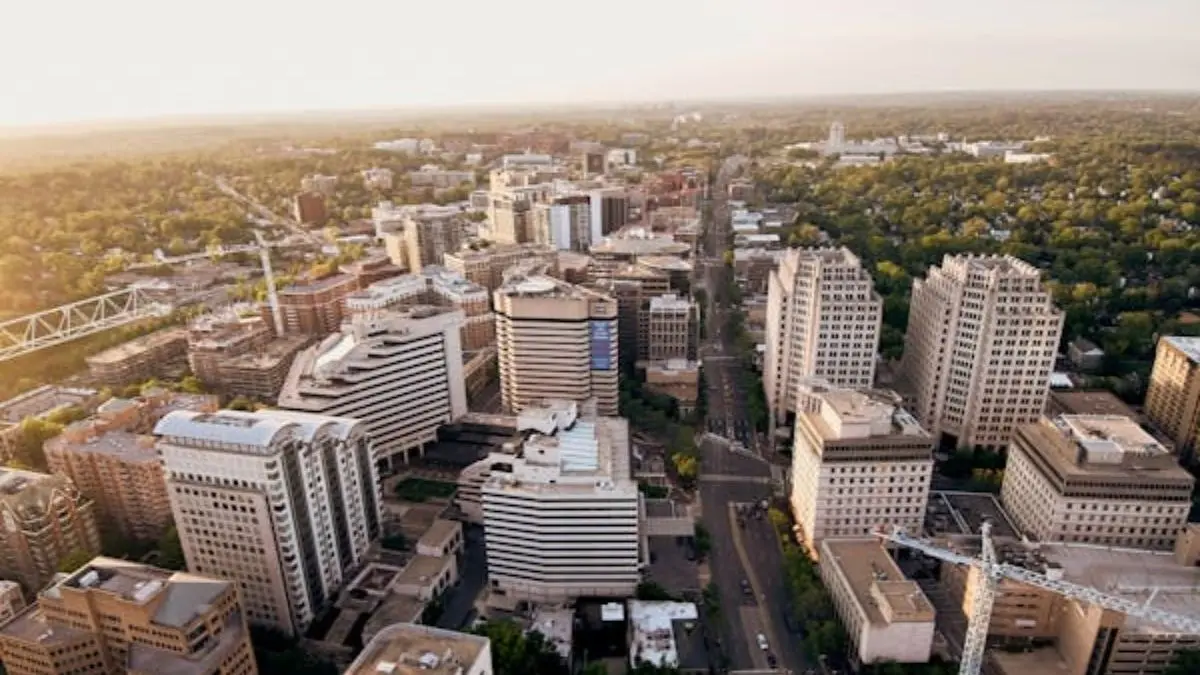
Residential price growth expected to stabilise after record surge | Image: Pexels
The real estate market in India is anticipated to reach a stabilization point following a remarkable 21% increase in average residential prices observed in 2024, as indicated in a recent analysis by PhillipCapital India Research.
According to the report, the real estate sector is set to witness a steady upward trajectory propelled by consistent demand coupled with escalating input costs, as it transitions towards a more balanced market environment in the fiscal year 2026.
The report highlights that the average growth in residential prices is predicted to stabilize after the substantial 21% rise in 2024, with ongoing upward trends driven by increased demand and rising construction costs.
Furthermore, the PhillipCapital report emphasized that demand for housing in 2025 is likely to gain momentum in strategic urban locales, bolstered by a surge in project launches and an expanding supply pipeline from reliable developers.
The analysis suggests that the real estate market is poised to become more diverse and balanced, favoring projects that offer strong value propositions, are developed by credible builders, and are situated in prime locations with robust infrastructure connectivity.
While residential prices are expected to see gradual increases, the brokerage firm noted that tier-2 and tier-3 cities will continue to spearhead demand for affordable and mid-range housing, supported by government initiatives like the Pradhan Mantri Awas Yojana (PMAY) and the Smart Cities Mission.
The report further elaborated that the mid-segment housing market in metropolitan areas such as Bangalore, Hyderabad, Pune, and Chennai is witnessing significant absorption rates, with unsold inventory being cleared at a pace of 12 to 18 months, depending on the specific location.
Moreover, major cities are expected to continue leading the luxury real estate segment, thanks to the influx of high-net-worth individuals and foreign investors.
The report underlined that factors such as rapid urbanization, increasing disposable incomes, and potential cuts in interest rates are likely to sustain the momentum of India’s housing market in the medium term.
Despite the challenges posed by affordability issues stemming from recent price hikes, it is anticipated that household income growth will bolster purchasing power and enhance overall market absorption.
On the commercial real estate front, the report pointed out that office leasing activity reached a historic high of 79 million square feet in 2024, with Bengaluru contributing significantly, accounting for 28% of the total absorption.
Additionally, retail markets also celebrated one of their most successful years, recording transactions of 13.5 million square feet across major urban centers.
The report concluded by stating that the optimism surrounding India’s real estate sector mirrors the broader confidence in the nation’s economic trajectory, underpinned by government initiatives aimed at housing accessibility, infrastructure enhancement, and business-friendly policies.
